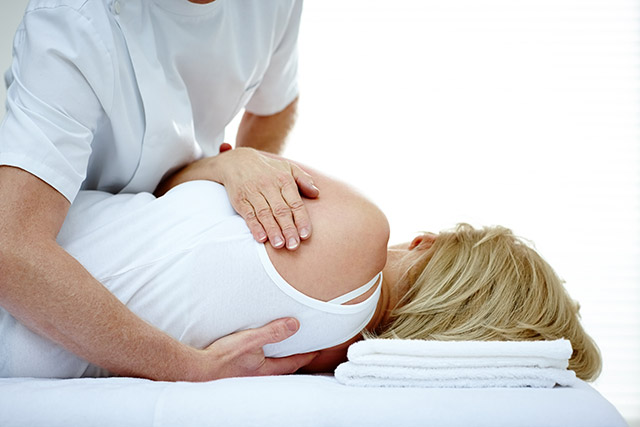What is Structural Osteopathy?
Structural osteopathy is the better known and most common part of osteopathy. Quite often the term is wrongly used to define osteopathy itself. Structural osteopathy describes the diagnosis and treatment of dysfunctions in the musculoskeletal system, in the same way visceral osteopathy relates to the visceral system. It is based on the principle that structure and function are related, if the structure is not balanced then the function becomes affected causing ‘dysfunction’.

Symptoms arise when your body must deal with too much compensation which leads to ‘decompensation’. Your problem could be caused by other decompensations elsewhere in your body. For example, foot pain leading to walking with a limp, which if combined with back or pelvic stiffness can lead to decompensation and pain in the low back or hip? Therefore, the examination requires a comprehensive study of various postures and testing simple functional movements.
The techniques used in structural osteopathy are normally manipulative, spinal and or soft tissue. These can be deep and or gentle depending on the planned outcome. Structural osteopathy usually focuses on stretching muscles and mobilising your joints. Osteopaths may also adjust your joints using manipulative techniques. Occasionally when this happens there will be an audible ‘click’, this is perfectly normal. Manipulation may have beneficial effects, especially for back pain, helping you to a faster return to ordinary movement and activity. Manipulation doesn’t suit everyone and it is not an absolute requirement for treatment. Please feel free to raise any concerns you have about manipulation BEFORE any treatment. To support muscles and or ligaments strapping or taping may also be used which may help ease your pain.
Some chronic sports injuries require deeper release but overall most techniques are performed gently. Although even the gentlest techniques can be painful if the area worked on is inflamed or irritable.
Structural osteopathy is effective in treating:
- Generalised Aches & Pains
- Arthritic pain
- Circulatory problems
- Cramp
- Digestion problems
- Joint pains, lumbago
- Sciatica
- Muscle spasms
- Neuralgia
- Fibromyalgia
- Inability to relax
- Rheumatic pain
- Minor sports/dance injuries & tensions
- Joint Pains inc hip & Knee pain from osteoarthritis
- General, acute & chronic backache/ back pain
- Uncomplicated mechanical neck pain
- Headache arising from the neck (cervicogenic)
- Migraine prevention
- Frozen shoulder / shoulder and elbow pain / tennis elbow (lateral epicondylitis
